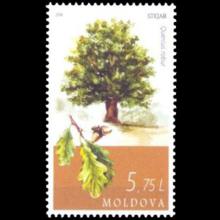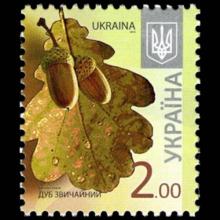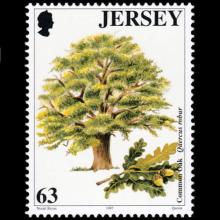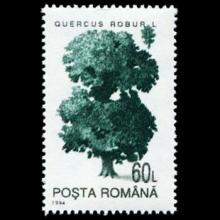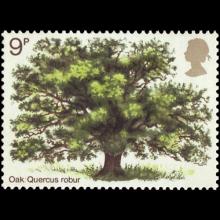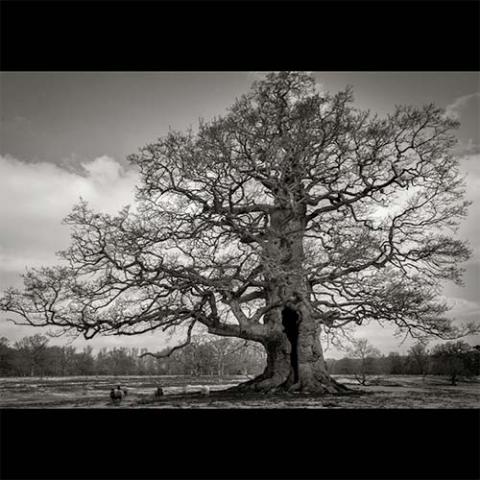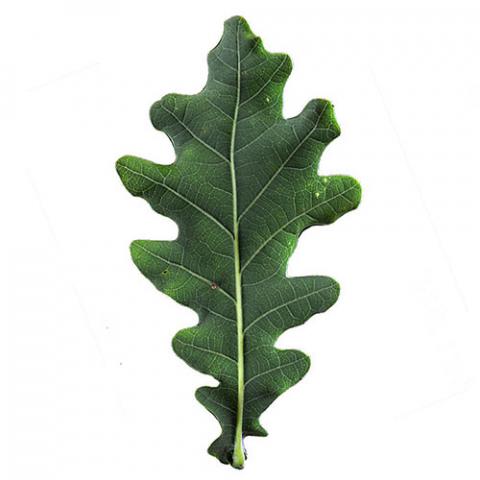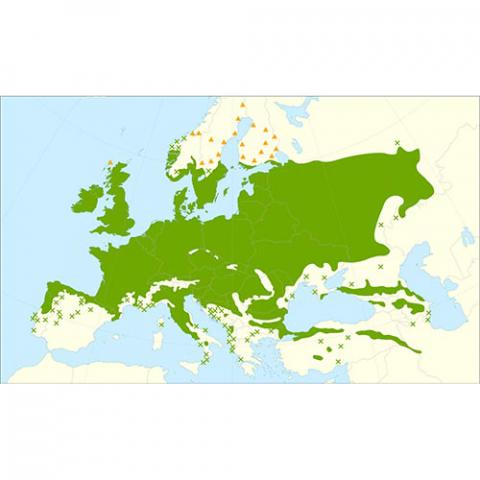NAME(S)
TAXONOMY
PLANTAE ID
THERAPEUTIC
Moldova
Issued:
Stamp:
Quercus robur
Ukraine
Issued:
Stamp:
Quercus robur
Jersey
Issued:
Stamp:
Quercus robur
Romania
Issued:
Stamp:
Quercus robur
United Kingdom
Issued:
Stamp:
Quercus robur
Moldova
Issued:
Stamp:
Quercus robur
Ukraine
Issued:
Stamp:
Quercus robur
Jersey
Issued:
Stamp:
Quercus robur
Romania
Issued:
Stamp:
Quercus robur
United Kingdom
Issued:
Stamp:
Quercus robur
Moldova
Issued:
Stamp:
Quercus robur
Ukraine
Issued:
Stamp:
Quercus robur
Jersey
Issued:
Stamp:
Quercus robur
Romania
Issued:
Stamp:
Quercus robur
United Kingdom
Issued:
Stamp:
Quercus robur
Quercus robur
The oak tree has a long history of medicinal use. It is anti-inflammatory, antiseptic, astringent, decongestant, haemostatic and tonic. The bark is the part of the plant that is most commonly used, though other parts such as the galls, seeds and seed cups are also sometimes used. A decoction of the bark is useful in the treatment of chronic diarrhoea, dysentery, intermittent fevers, haemorrhages etc. Externally, it is used to bathe wounds, skin eruptions, sweaty feet, piles etc. It is also used as a vaginal douche for genital inflammations and discharge, and also as a wash for throat and mouth infections. The bark is harvested from branches 5 - 12 years old, and is dried for later use. Any galls produced on the tree are strongly astringent and can be used in the treatment of haemorrhages, chronic diarrhoea, dysentery etc. The plant is used in Bach flower remedies - the keywords for prescribing it are 'Despondency', 'Despair, but never ceasing effort'. A homeopathic remedy is made from the bark. It is used in the treatment of disorders of the spleen and gall bladder. The German Commission E Monographs, a therapeutic guide to herbal medicine, approve Quercus robur Pedunculate Oak for coughs/bronchitis, diarrhoea, inflammation of mouth and pharynx, inflammation of the skin.
Reference: Plants for a Future
Genus species (Plantae): Quercus robur
Quercus robur, commonly known as common oak, pedunculate oak, European oak or English oak, is a species of flowering plant in the beech and oak family, Fagaceae. It is native to most of Europe west of the Caucasus. The tree is widely cultivated in temperate regions and has escaped into the wild in scattered parts of China and North America.
Taxonomy
Quercus robur (Latin quercus, "oak" + robur "strength, hard timber") is the type species of the genus (the species by which the oak genus Quercus is defined), and a member of the white oak section (Quercus section Quercus). The populations in Italy, southeast Europe, and Asia Minor and the Caucasus are sometimes treated as separate species, Q. brutia Tenore, Q. pedunculiflora K. Koch and Q. haas Kotschy respectively.
A close relative is the sessile oak (Q. petraea), which shares much of its range. Q. robur is distinguished from this species by its leaves having only a very short stalk (petiole) 3–8 mm (1⁄8–5⁄16 in) long, and by its pedunculate (stalked) acorns. The two often hybridise in the wild, the hybrid being known as Quercus × rosacea.
Quercus robur should not be confused with Q. rubra, the red oak, which is a native of North America and only distantly related.
Description
Quercus robur is a large deciduous tree, with circumference of grand oaks from 4 m (13 ft) to exceptional 12 m (39 ft). The Majesty Oak with a circumference of 12.2 m (40 ft 0 in) is the thickest tree in Great Britain, and the Kaive Oak in Latvia with a circumference of 10.2 m (33 ft) is the thickest tree in Northern Europe. Quercus robur has lobed and nearly sessile (very short-stalked) leaves 7–14 cm (3–5+1⁄2 in) long. Flowering takes place in mid spring, and the fruit, called acorns, ripen by mid autumn. The acorns are 2–2.5 cm (3⁄4–1 in) long, pedunculate (having a peduncle or acorn-stalk, 3–7 cm (1–3 in) long) with one to four acorns on each peduncle.
Quercus robur is very tolerant to soil conditions and the continental climate but it prefers fertile and well-watered soils. Mature trees tolerate flooding.
It is a long-lived tree, with a large wide spreading crown of rugged branches. While it may naturally live to an age of a few centuries, many of the oldest trees are pollarded or coppiced, both pruning techniques that extend the tree's potential lifespan, if not its health. Two individuals of notable longevity are the Stelmužė Oak in Lithuania and the Granit Oak in Bulgaria, which are believed to be more than 1500 years old, possibly making them the oldest oaks in Europe; another specimen, called the 'Kongeegen' ('Kings Oak'), estimated to be about 1200 years old, grows in Jaegerspris, Denmark. Yet another can be found in Kvilleken, Sweden, that is over 1000 years old and 14 m (46 ft) around. Of maiden (not pollarded) specimens, one of the oldest is the great oak of Ivenack, Germany. Tree-ring research of this tree and other oaks nearby gives an estimated age of 700 to 800 years. Also the Bowthorpe Oak in Lincolnshire, England is estimated to be 1000 years old, making it the oldest in the UK, although there is Knightwood Oak in the New Forest that is also said to be as old. The highest density of Q. robur with a circumference of 4 m (13 ft) and more is in Latvia.
Ecological importance
Within its native range Q. robur is valued for its importance to insects and other wildlife. Numerous insects live on the leaves, buds, and in the acorns. Q. robur supports the highest biodiversity of insect herbivores of any British plant (>400 spp). The acorns form a valuable food resource for several small mammals and some birds, notably Eurasian jays Garrulus glandarius. Jays were overwhelmingly the primary propagators of oaks before humans began planting them commercially (and still remain the principal propagators for wild oaks), because of their habit of taking acorns from the umbra of its parent tree and burying them undamaged elsewhere. Mammals, notably squirrels who tend to hoard acorns and other nuts usually leave them too abused to grow in the action of moving or storing them.
Reference: Wikipedia
Photos: Sierra Club Magazine, Colin Varndell

